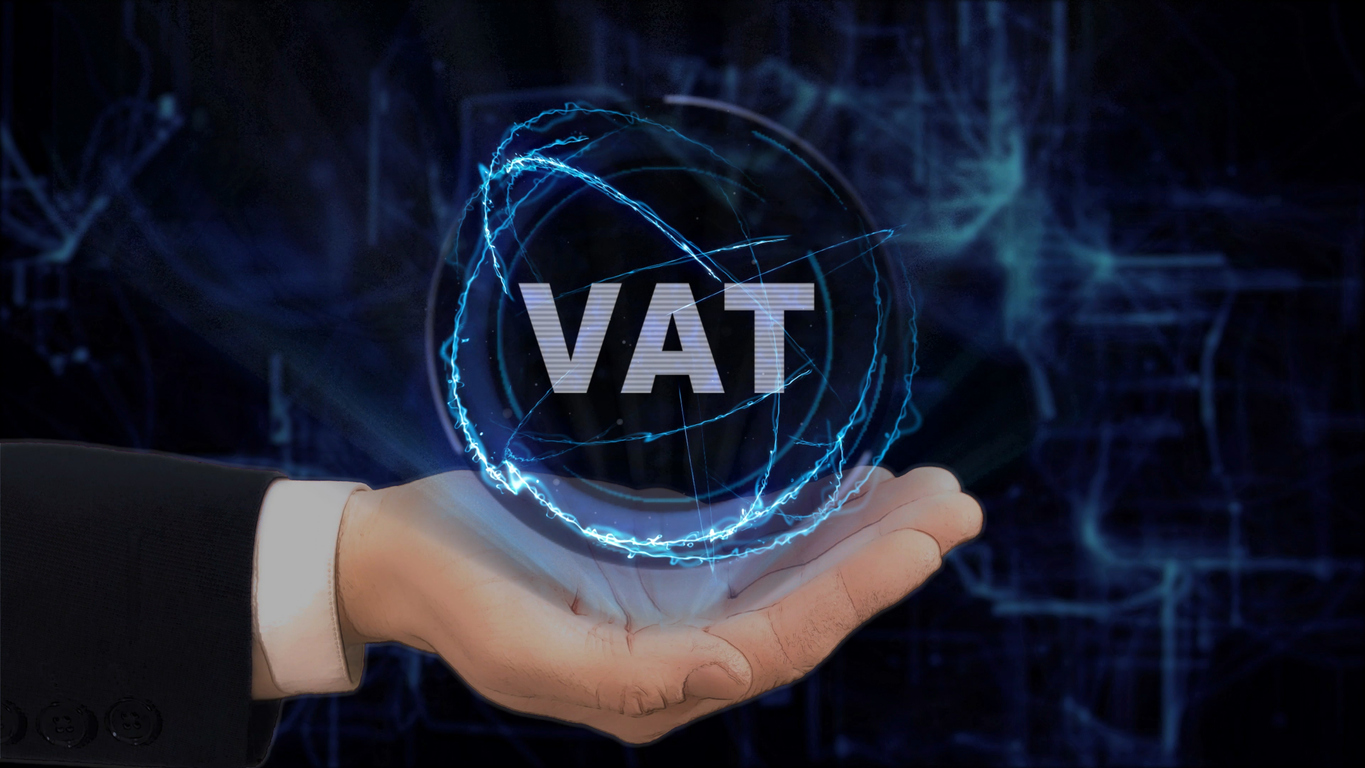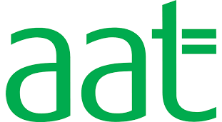The government’s Making Tax Digital (MTD) initiative has been the subject of much discussion and debate since it was first announced in 2015. As we outlined in our earlier MTD blog, the goal is to ensure that all tax affairs for businesses and individuals are managed online, ultimately cutting out the need for any paper tax and VAT returns.
The drive towards compulsory online tax management begins with VAT, and the deadline to start submitting online VAT returns is April 2019 – now only five months away!
From April, VAT-registered businesses with a taxable turnover above the VAT registration threshold (currently £85,000) must keep digital VAT records and file quarterly VAT returns using software that can connect with HMRC’s Application Programming Interface (API) platform. It will no longer be acceptable to manually enter VAT return figures onto the HMRC portal.

A number of pilot schemes are being rolled out from late 2018 to help ensure a smooth transition to the new system.
While it is not compulsory for businesses below the VAT threshold to submit returns digitally, they can sign up on a voluntary basis.
HMRC announces MTD deferral period for some ‘complex’ businesses
Faced with concern from many organisations that they would not be ready for the April deadline, certain businesses have been given a reprieve until 1 October 2019.
This six-month deferral applies to, in HMRC’s words, ‘VAT-registered businesses with more complex requirements.’ The delay will give organisations in this category more time to prepare and, it is hoped, allow greater efficiency in the long term.
The businesses classed as ‘more complex’ by HMRC are:
- Trusts
- ‘Not for profit’ organisations that are not companies
- VAT divisions and VAT groups
- Public sector entities required to provide additional information on their VAT return (for example, government departments and NHS Trusts)
- Local authorities and public corporations
- Traders based overseas
- Those required to make payments on account
- Annual accounting scheme members
What information should be recorded on digital VAT returns?
For sales you must record time of sale (tax point), value excluding VAT, and rate of VAT charged. For purchases you must record time of purchase (tax point), value net of VAT, and amount of VAT to reclaim.
It’s also essential to include:
- Your business name
- Your principle business address
- VAT registration number
- Any VAT accounting schemes that you use
VAT return dates will stay the same, and any VAT due will be payable as it is now, by electronic transfer, BACS, direct debit, standing order, or at a bank.
For many businesses, the question of which software to use is key. HMRC has released a list of MTD-compatible software suppliers, which includes Xero and Sage, two suppliers which we work closely with here at AMR.
It will still be possible to use spreadsheets to keep digital records, however they must be able to link to HMRC using bridging software.
Whether you need to comply in April or October 2019, now is the time to ensure your organisation will be prepared for the coming changes. And remember that by 2020, it won’t just be VAT that goes completely digital – income tax (for the self-employed and those with income from property) and corporation tax are also due to be brought under the new rules. To find out how AMR can help your business adapt to the digital revolution, please get in touch. Our bookkeeping and payroll experts are always happy to have an initial, no-obligation discussion to assess your requirements.







